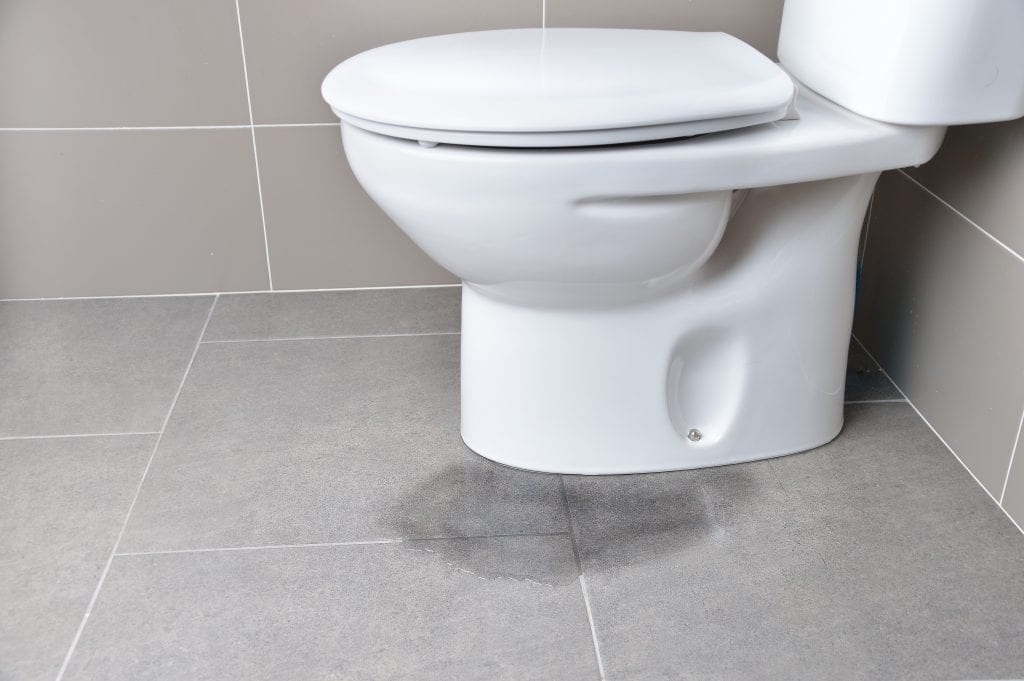Sewage Cleanup: A Job for Professionals
Whether sewer damage affects your home or business, the trouble could cause irreparable harm to flooring, furnishings, window treatments, appliances, electronics, and other belongings. Raw sewage contains a mix of dangerous bacteria, pathogens, and viruses that pose serious risks to anyone exposed to the contaminated water, and because of this, it’s best to contact professional sewage cleanup & removal services before you do anything else.
Common Causes of Sewer Damage
In some cases, sewage damage is the result of a significant event, such as severe weather and related flooding. However, there are several more common causes:
-
Blocked Lines
Backups happen when there’s a block somewhere within the line. Some of the most common blockages happen when toys, diapers, and other inappropriate items get flushed down the toilet. Often, backups are limited to a single drain. When this is the case, the block is probably located near the drain. However, if all drains, (toilet, sink, bathtub) are affected, the problem is probably in the main sewer line.
-
Tree Roots in the Pipes
Tree roots can penetrate pipes of all kinds, including heavy plastic, clay tile, and even cast iron. Roots can spread up to seven times are far as the height of the tree. Established trees sometimes have thousands of feet of roots continuing to grow, seeking out nutrients for the tree. Sewer lines are a source of moisture vapors and roots naturally follow the paths of moisture from tiny cracks or gaps in the pipes.
-
Worn and Deteriorating Pipes
A few generations back, pipes were made of wood! Today’s pipes stand up to wear and tear much longer. Heavy plastics and specialized metals resist mold, rust, and age much better than wood. However, eventually, these sewer lines give in to tiny nicks, seasonal damage, and the passage of time.
-
Seeping Connections
The toilet and the bathtub connect to the sewage system through hoses and pipes. Watertight connections and undamaged hoses are crucial to preventing water damage. A wax gasket under the toilet performs a similar service. When these items fail, the potential for serious damage increases the longer the deterioration goes unnoticed.
Whether sewer backups are caused by heavy storms or a roll of toilet paper flushed down the drain, there’s a lot at stake. The strength of the structures of your building, the health of your family or coworkers, and the safety of your property should all be considered as you take corrective action.
The Risks of DIY Cleanup
It’s tempting to clean up an overflow or sewage backup yourself; however, there are several reasons to consider professionals instead. The first of these is exposure to raw sewage. Contaminated water may contain human waste, chemicals, parasites, fungi, and other contaminants that carry the risk of diseases, such as Hepatitis A.
It only takes between 24 and 48 hours for mold to spread. If mold growth happens inside the walls or in a basement, it may be a long time before you notice it, increasing related risks and the costs of remediation.
Although exposure to contaminants and diseases is a serious concern, the greatest dangers of cleaning up sewage are explosion and electrocution. It doesn’t take much to ignite gas once it has leaked into your building. Similarly, it only takes a little bit of water mixed with electricity to cause serious electrical shocks even if the power is off. Professional sewage cleanup & removal services have the training and equipment to handle these risks.
Don’t Expose Yourself or Others to Danger
There are too many possibilities for personal injury, lasting damage, and hidden dangers involved in sewage cleanup. Protect the well-being of your property and the people who come and go each day by hiring professional sewage cleanup & removal services to tackle this unpleasant chore. Give United Water Restoration a call for expert results.





